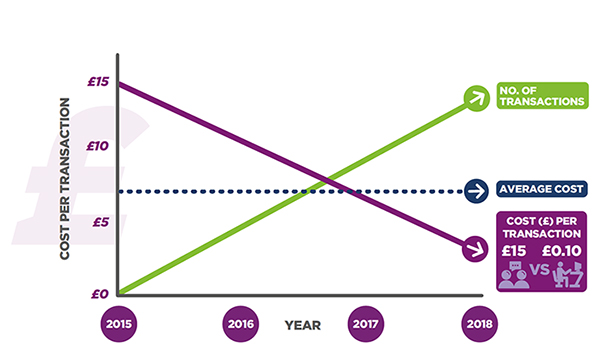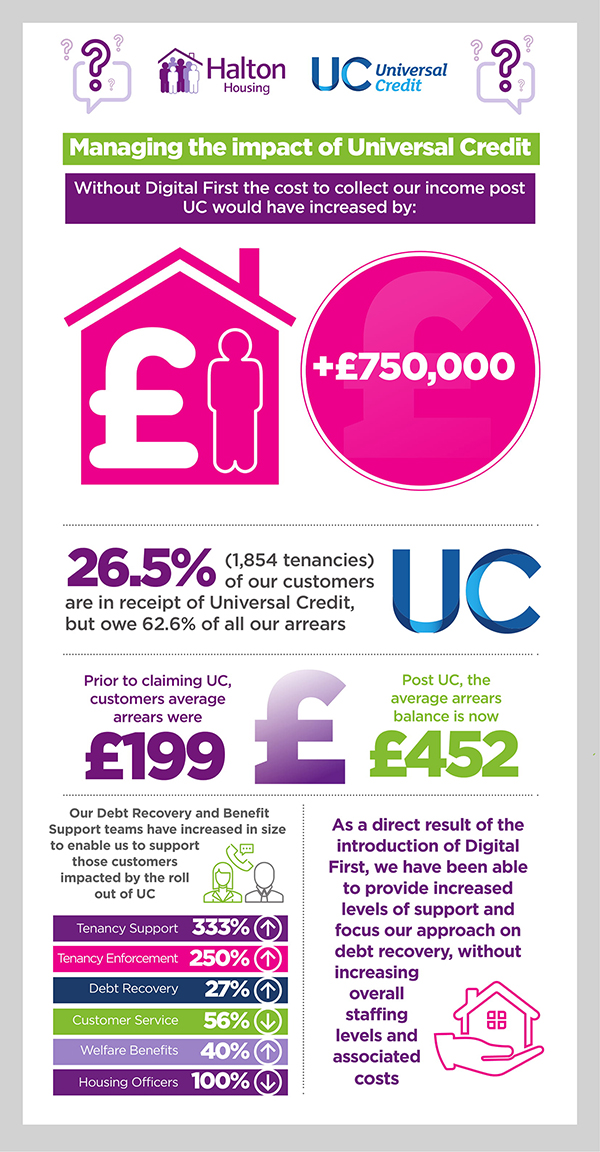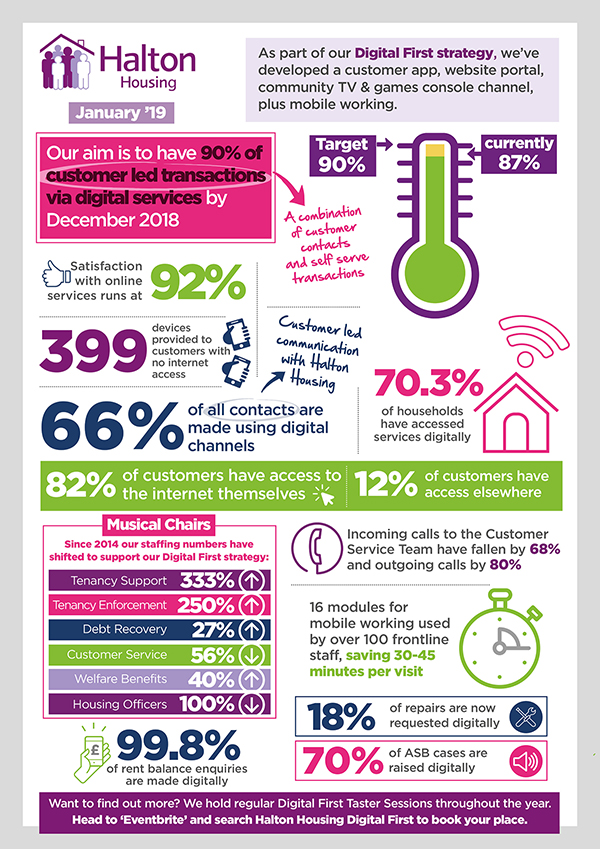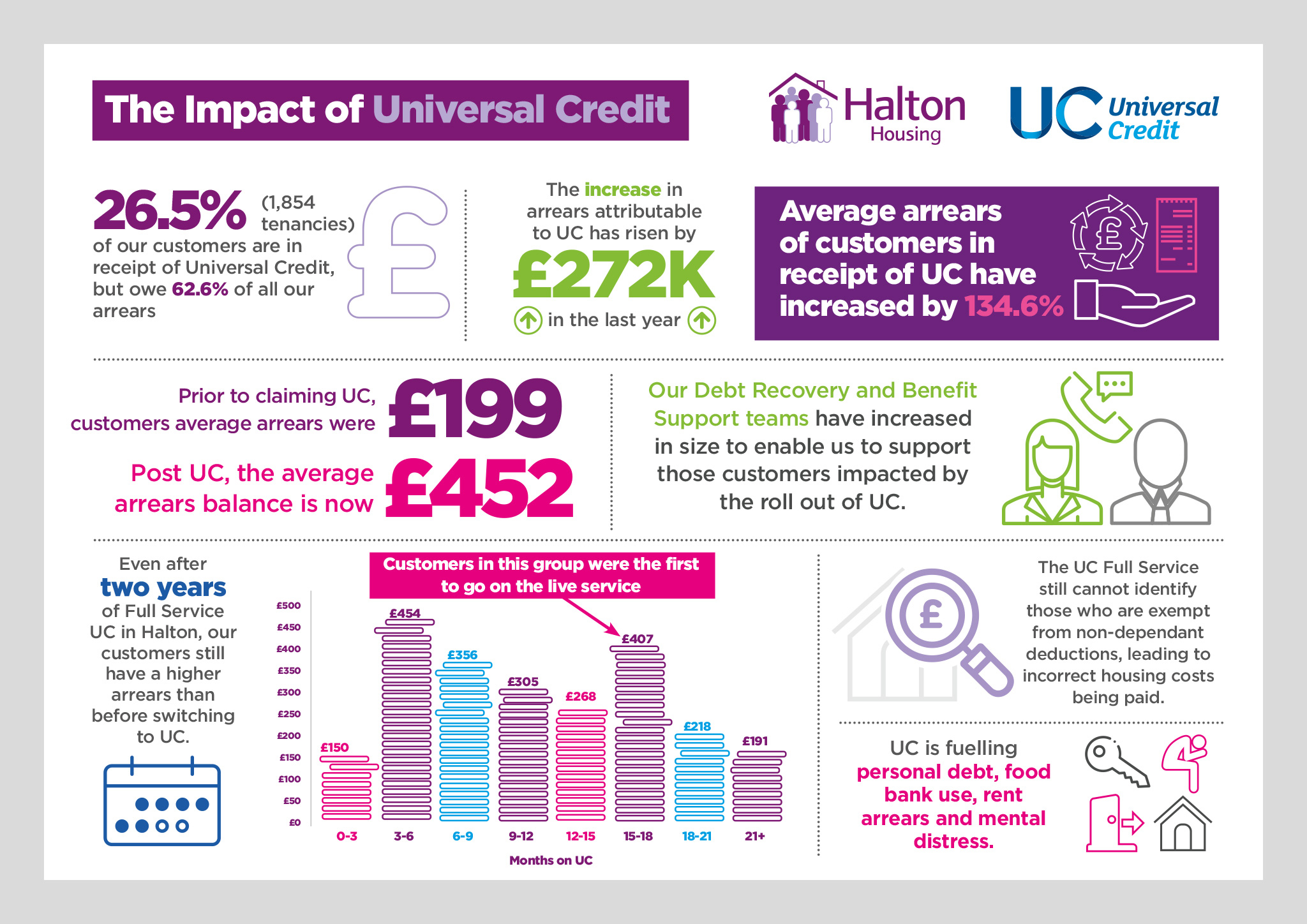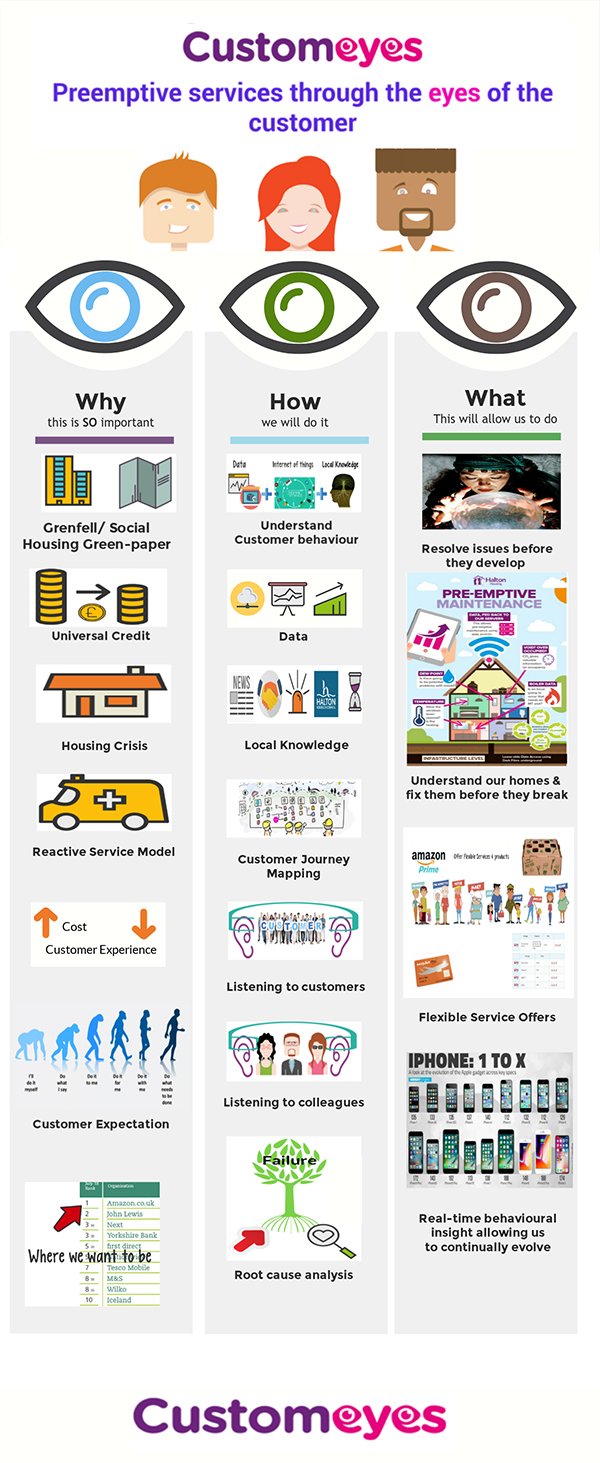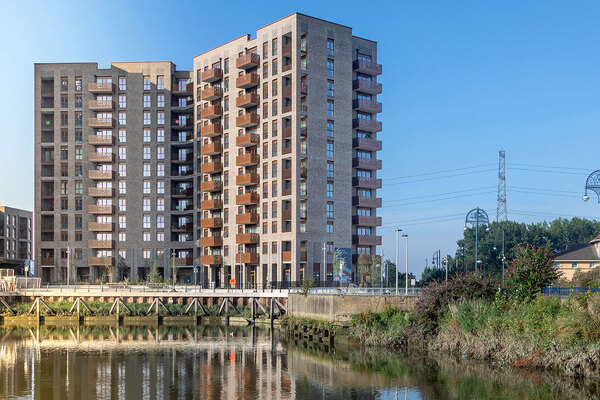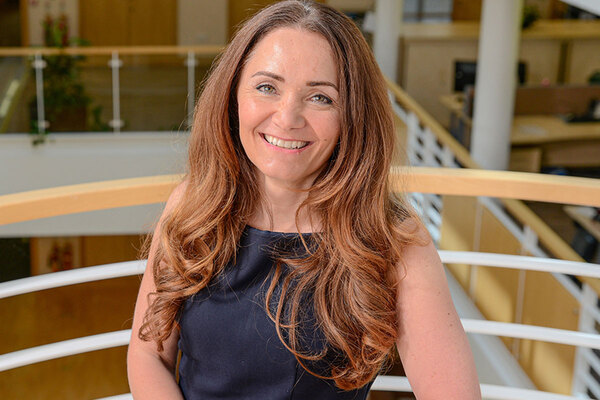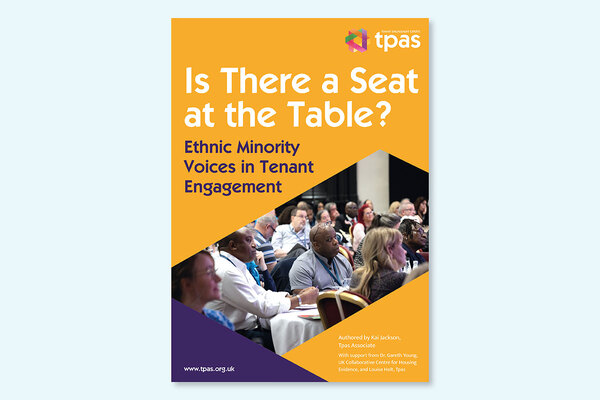You are viewing 1 of your 1 free articles
How going digital first was crucial in our response to Universal Credit
As Nick Atkin prepares to take up a new role as chief executive of Yorkshire Housing, he reflects on Halton Housing’s move to a digital-first approach under his leadership
As I prepare to head over the Pennines, I’ve been taking a little time out to reflect on some of Halton Housing’s achievements.
One that we are probably best known for is how we have embraced digital.
Our Digital First programme has been an integral element of our strategic response to the roll-out of Universal Credit (UC).
It’s probably an understatement to say that the programme wasn’t welcomed with open arms by the housing sector when it was introduced in April 2014.
But despite what some have claimed, our approach has not been about moving further away from our customers.
Our priority has always been to target our resources more effectively by focusing on providing for customers who need intensive levels of support. For everyone else, our service offer has been enhanced.
This confusion was partially because we weren’t clear enough on the three key reasons it was so important.
First, to protect current income.
Prior to the introduction of UC, up to 65% of rental income was paid through housing benefit. This income needed to be collected following the roll-out of UC.
To release the resources required to collect this income, we needed to shift our service model to enable the majority of our customers to access services via a self-service route.
The second reason is what Halton Housing has termed ‘the housing graph of doom’:
With the roll-out of UC, the number of transactions will increase markedly.
This is not just payments – it also includes a much wider range of transactions and contacts. Without delivering a shift to an increasing proportion of lower-cost self-service transactions, the resources and associated overall cost will increase at a time when overall income will be reducing. This is clearly not a viable option.
Without the introduction of digital first, we would now be incurring additional costs of about £750,000 every subsequent year to collect our existing income levels. As UC rolls out, these additional costs will increase further.
The third reason was to provide intensive support for those who really needed it. For this group, we provide more intensive help than has previously been offered. Without this, it is likely these customers would struggle to maintain their tenancies.
There is a common misconception among the housing sector that people who live in social housing do not have access to the internet.
Our data covering almost 6,700 Halton households indicates that 82% of households have access to the internet themselves and 12% have access elsewhere. Of these, around two-thirds are comfortable using the internet and use it on a daily basis.
This led to a fundamental rethink in our approach.
As nearly nine out of 10 households have access to the internet, our strategy has shifted to one which provides an online experience that is so good that customers choose to use this over other options.
We remain consistently close to achieving our aspirational aim of 90% of all our customer-generated transactions being delivered through self-service routes.
There is no doubt that Digital First has exceeded its initial expectations. Some of the other key impacts include:
- 87% of customer-generated transactions are now via digital channels
- 70% of all households have accessed services digitally
- Live chat usage has increased to more than 800 users per month
- 8% of rent balance enquiries are made digitally
- More than 60,000 payments have been made via automated payment lines and the app/portal
- The volume of calls to our customer services team has reduced by 68%
- There is a consistent satisfaction rating of around 92% with online services
Despite the success of Digital First, the continued roll-out and impact of UC will require additional resources.
This is one of the drivers of our Customeyes approach.
This ground breaking and sector leading approach will transform the housing service offer from one based on failure to an approach that pre-empts issues before they arise and deals with them in a cost effective, efficient and convenient way that also enhances the customer experience.
Customeyes will deliver significant efficiency savings that can be reallocated to enable our continued response to ensure that the overall net impact of UC on our business plan is nil.
It also builds on our Digital First achievements, further evolving our offer to customers so we can continue to meet their expectations, improve the overall customer experience as well as delivering operational efficiencies.
Nick Atkin, chief executive, Halton Housing
Tech Leaders 2018
We unveil Tech Leaders 2018 - a list of the tech innovators digitally transforming their organisations:
Sponsored by Hitachi Solutions



